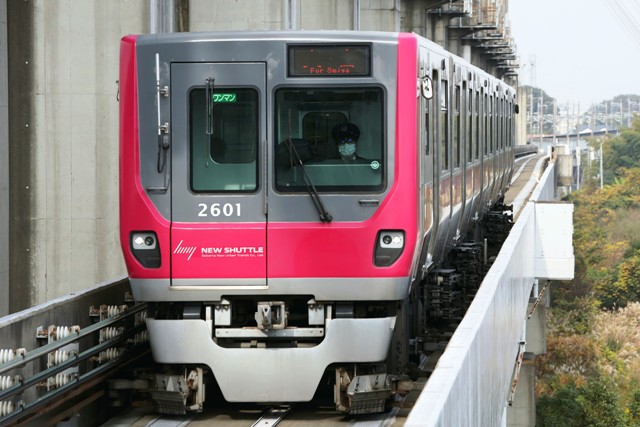Following the old electric locomotives, I'm going to show you a strange train, which I saw in the JR East Oku Rail Yard.
The DMU (Diesel Multiple Unit) KiYa E195 series (hereafter the E195) is a rail carrying train. It was commissioned in 2017 to transport rails for the JR East lines. 27 sets in total were built by Nippon Sharyo. There are two types of the E195. One is for 25 meter-long standard rails and the other is for 150 meter-long welded rails. The former train (set ST1 to ST23) consists of 2 engine cars; whereas, the latter one (set LT1 to LT4) is composed of 8 engine cars and 3 trailers. What I am showing you in this post is a train for carrying 150 meter-long welded rails. Its technical specification is similar to that of JR Central's DMU KiYa 97 series, but the E195 has special cold-proof and snow-proof equipment on the trains.
Why does JR East introduce the special rail carrying DMU replacing the rail carrying freight trains pulled by locomotives? It's because of enhancing operational flexibility. The E195 has cockpits on both sides of the train. Unlike the freight train, it doesn't need to change a locomotive by switchback.
The old locomotives for rail carrying freight trains will soon be replaced by the E195, and be scrapped. That's too sad for me as a longtime rail-fan, but I must accept it. Nobody can stop the new trend of the rail carrying train. Patna rhei.























